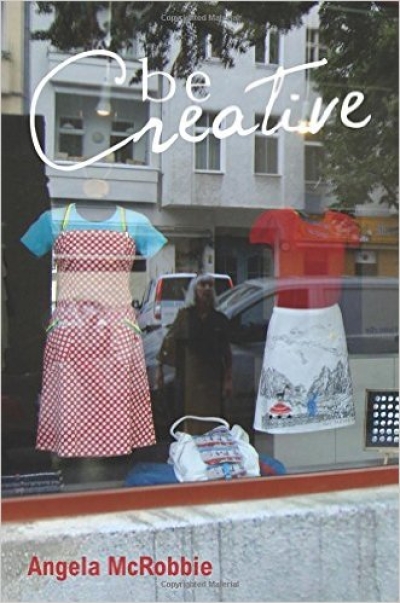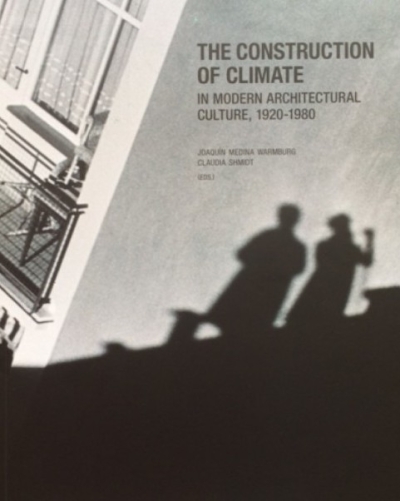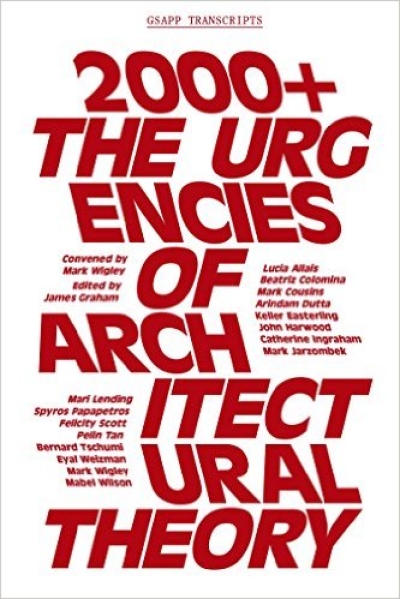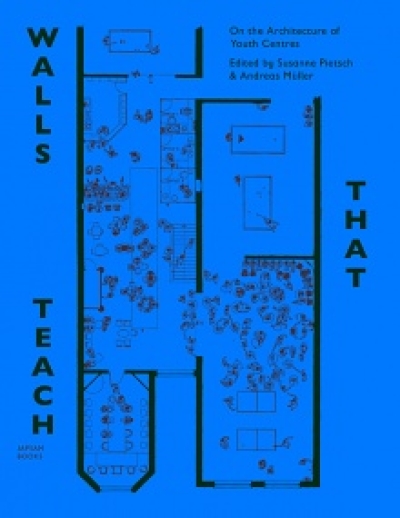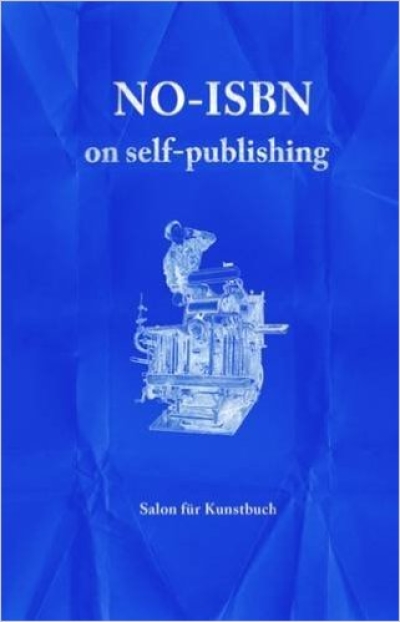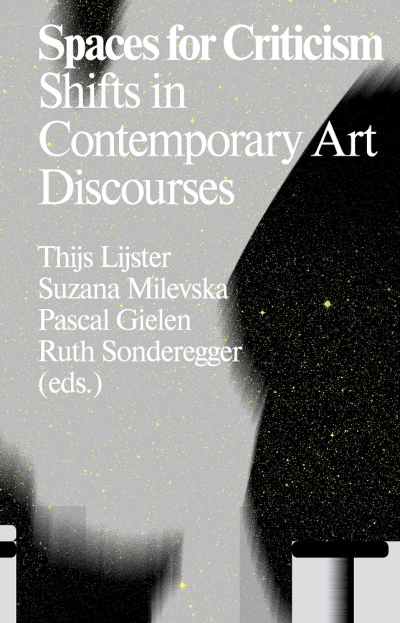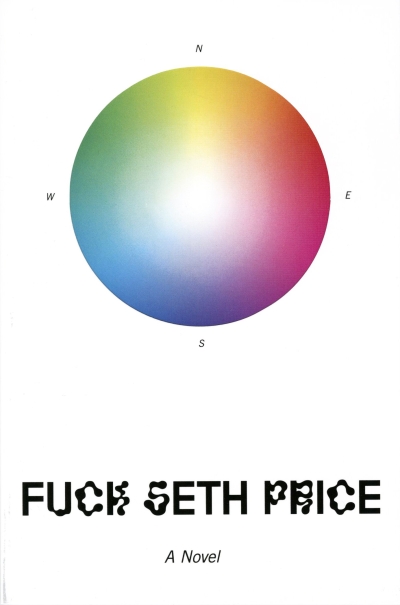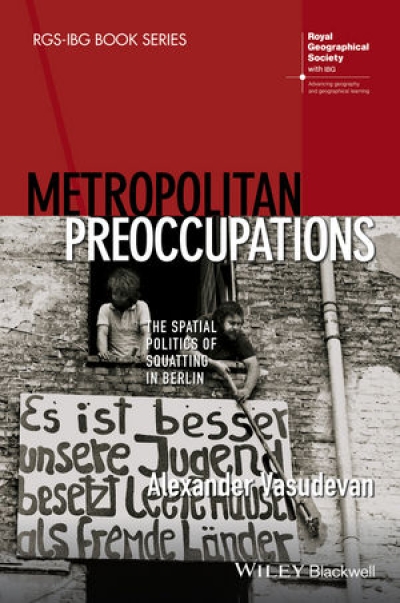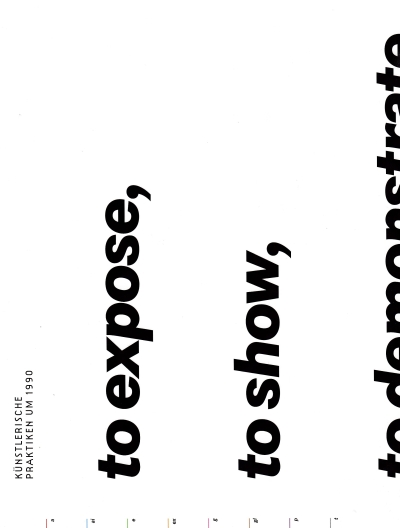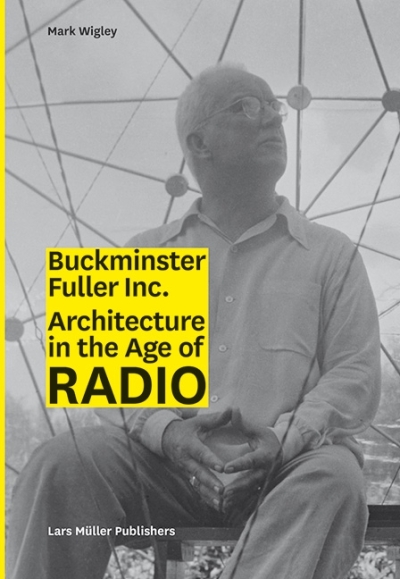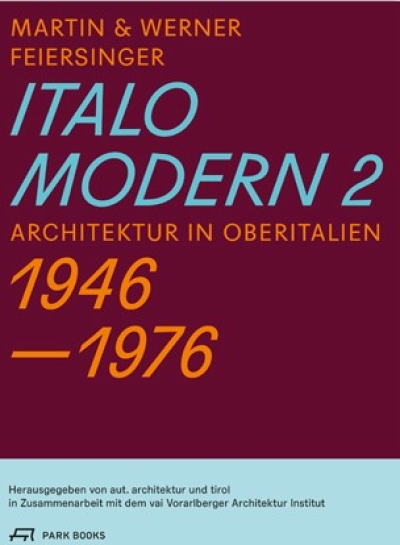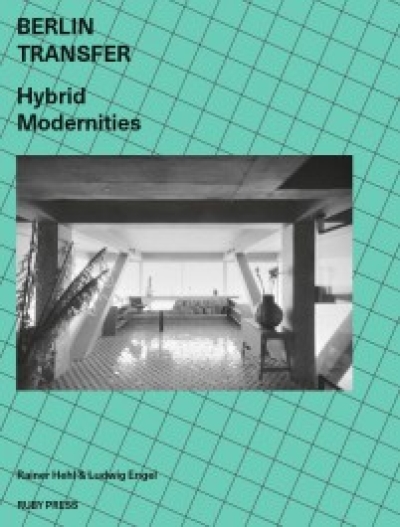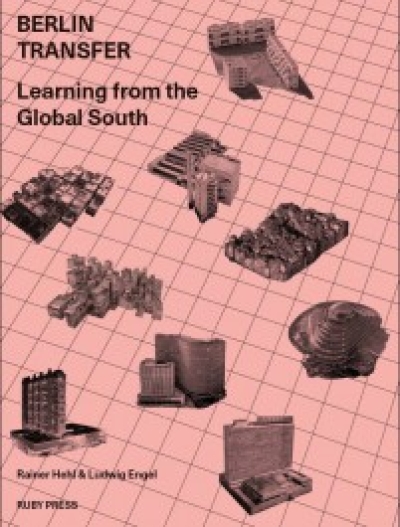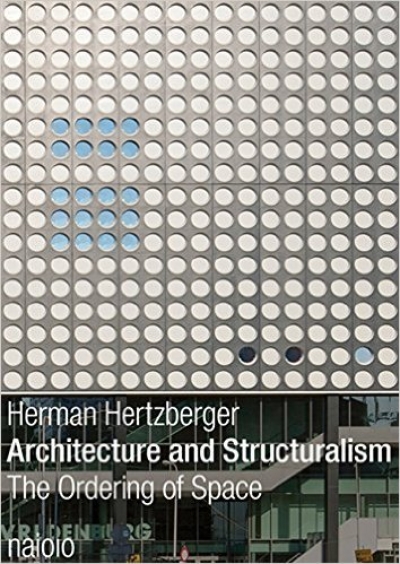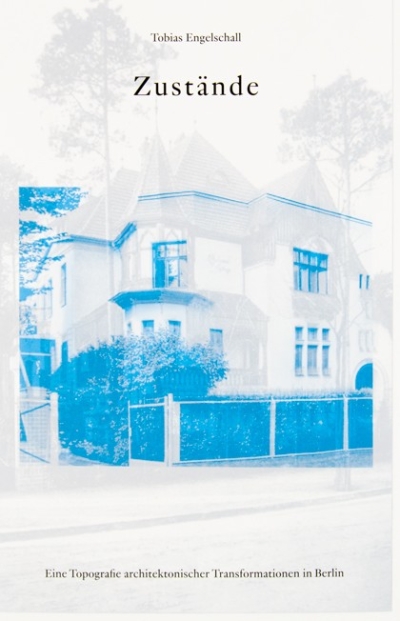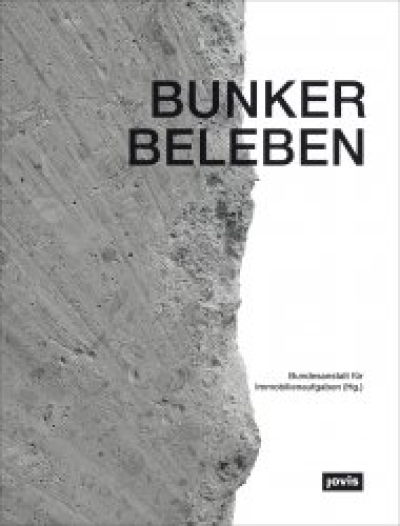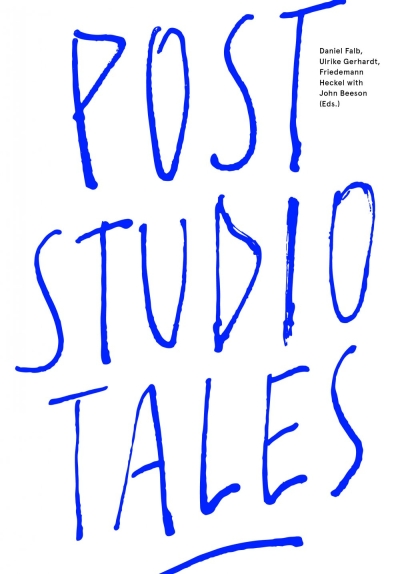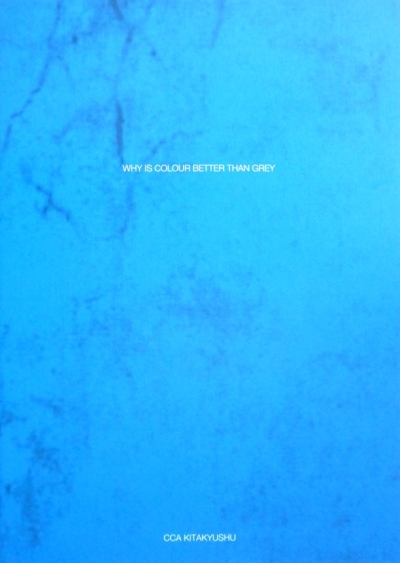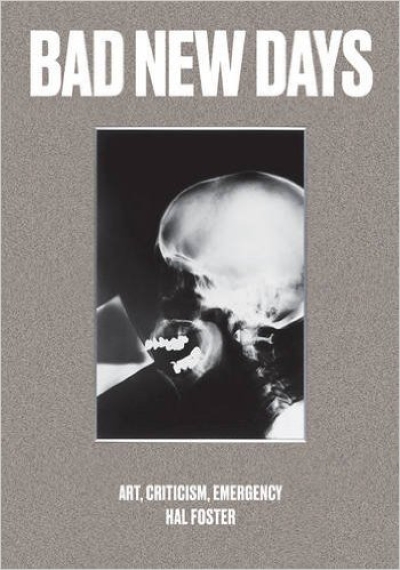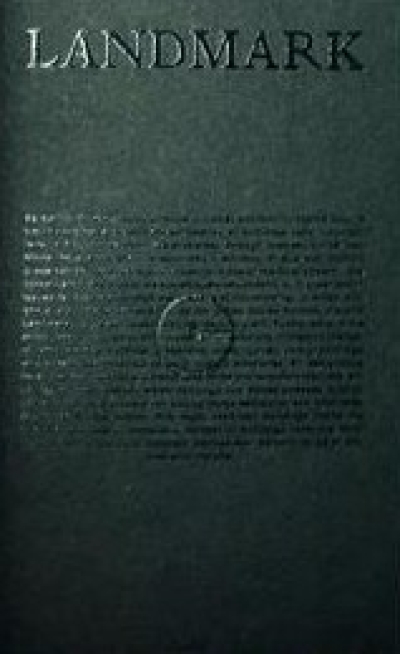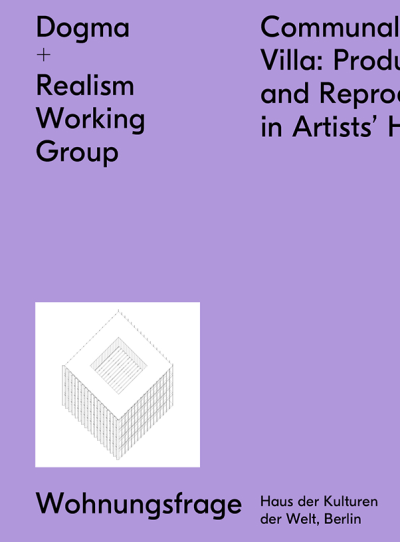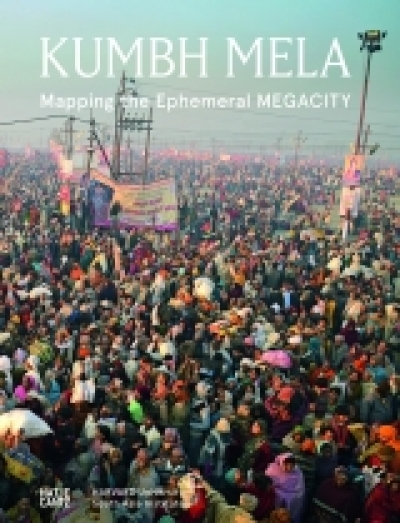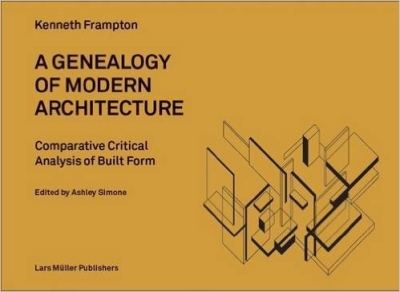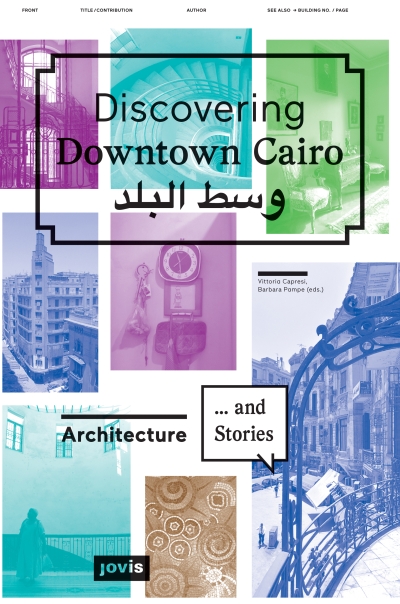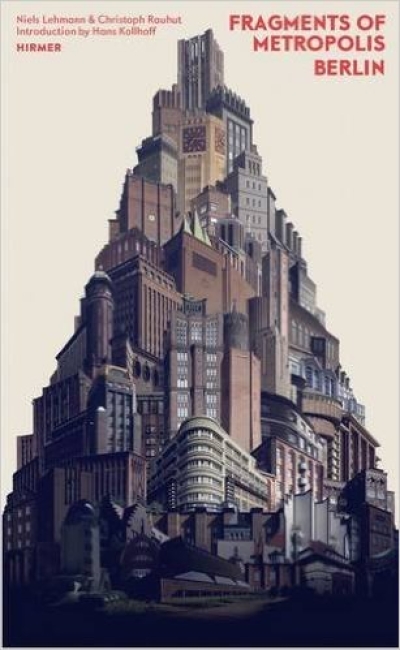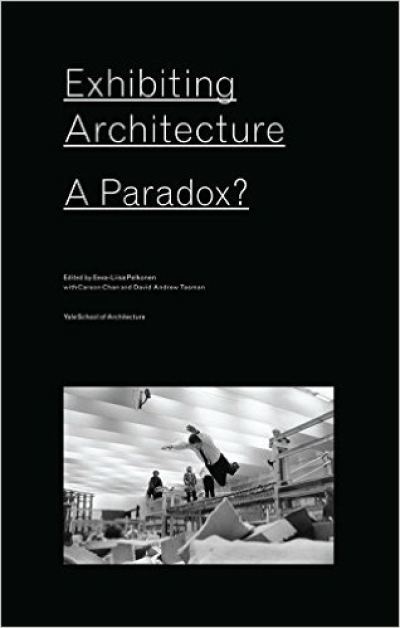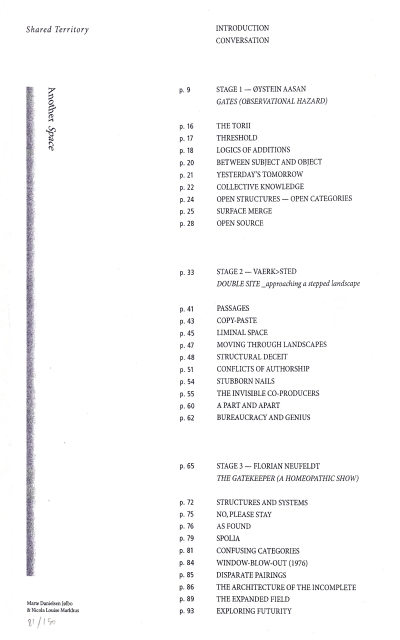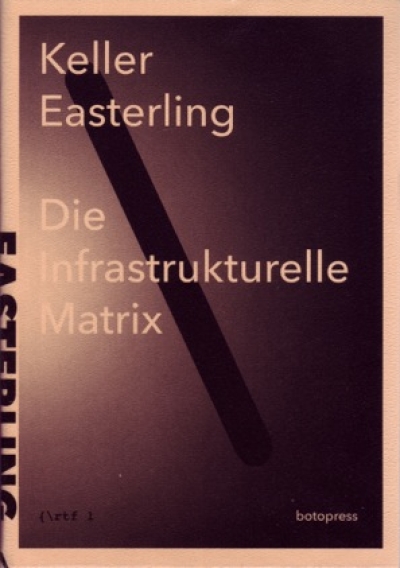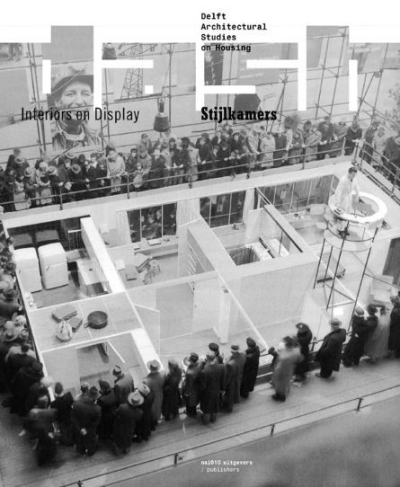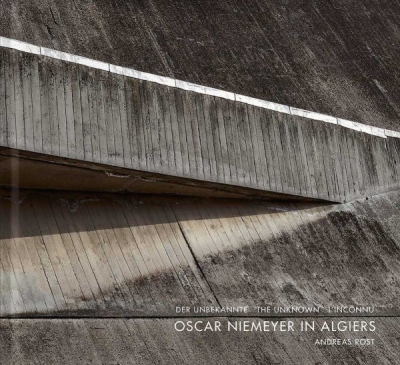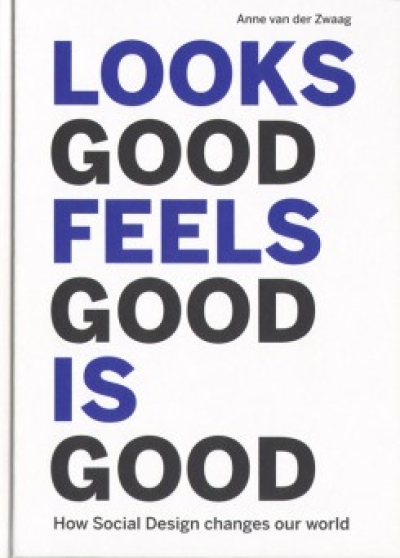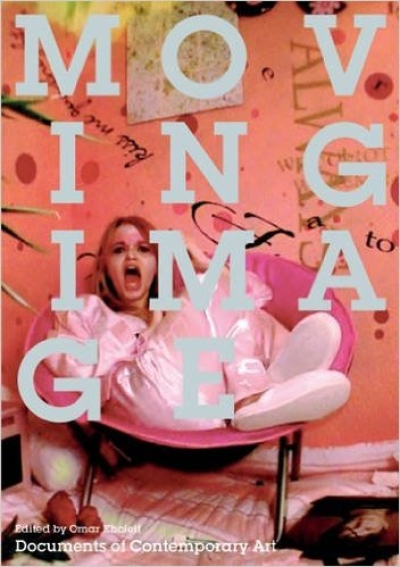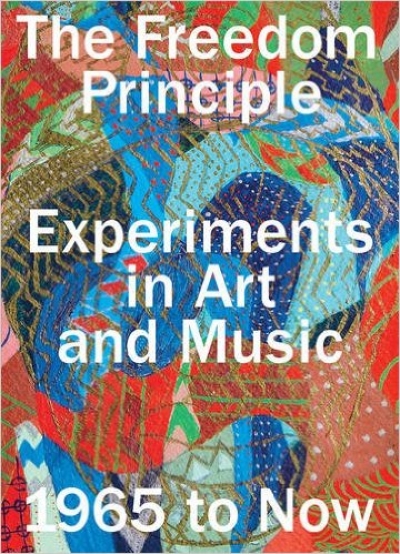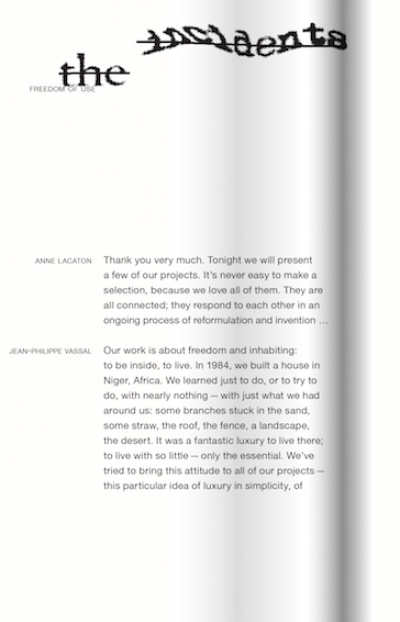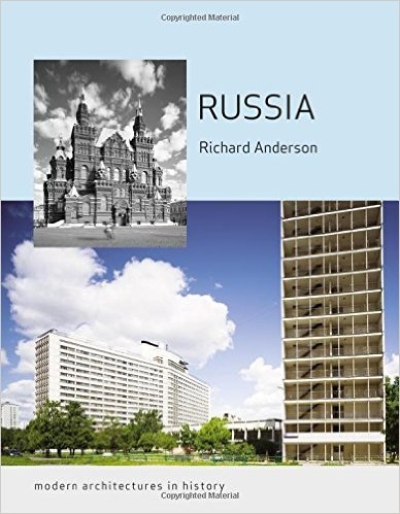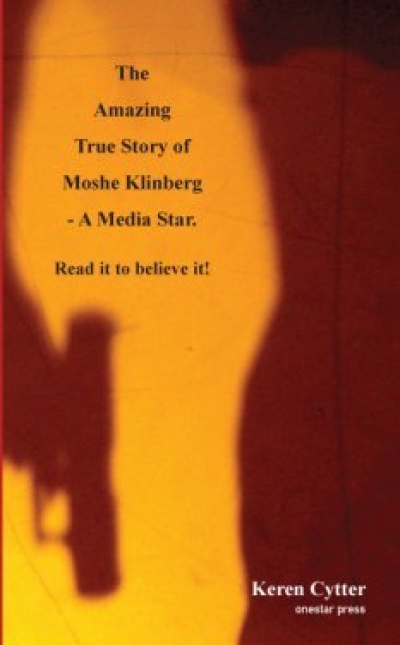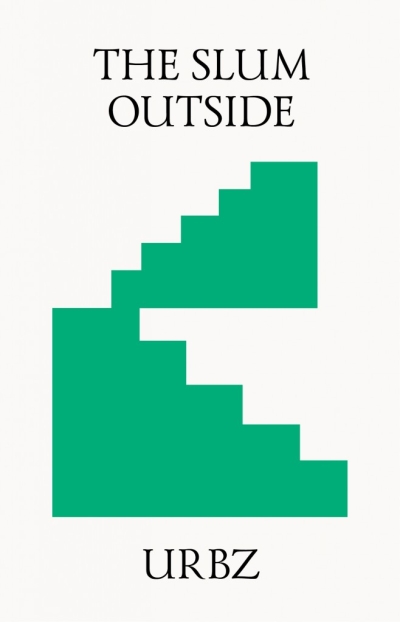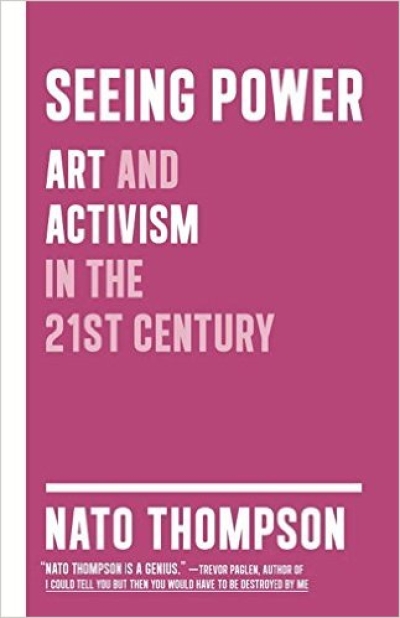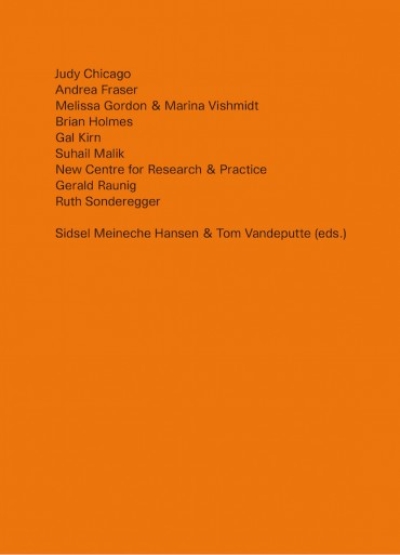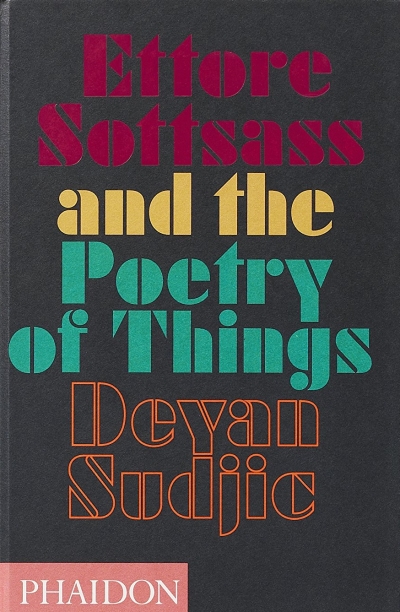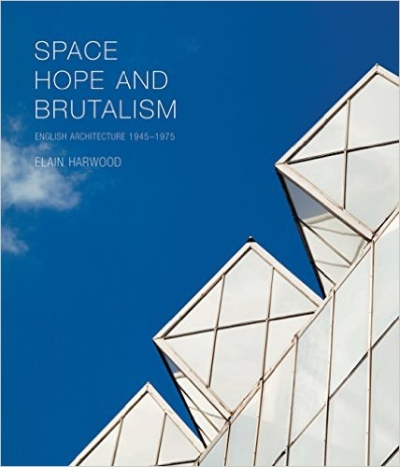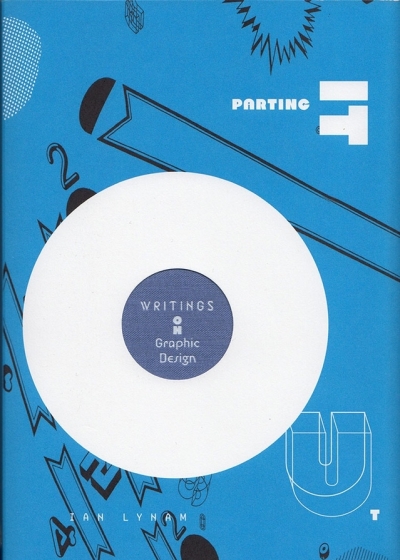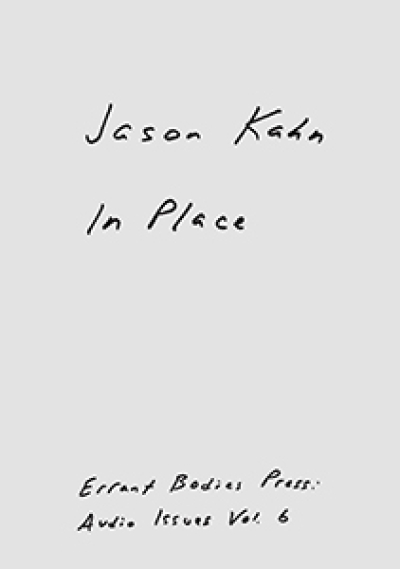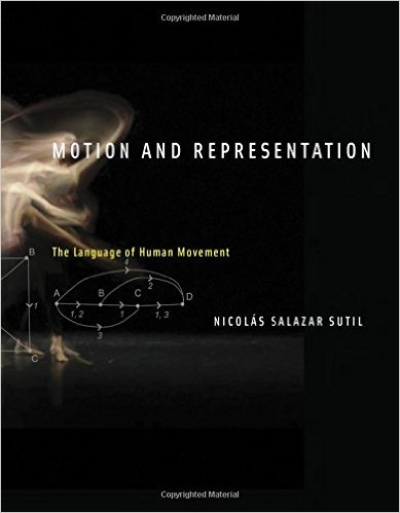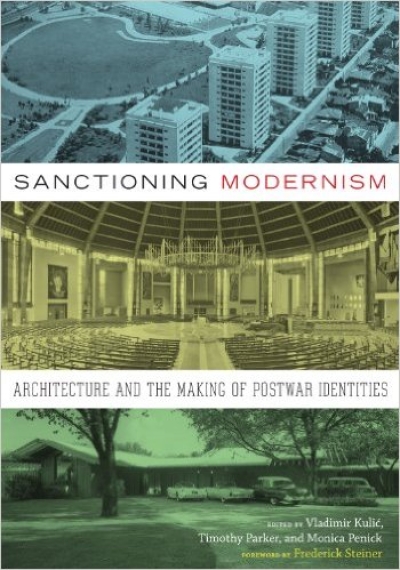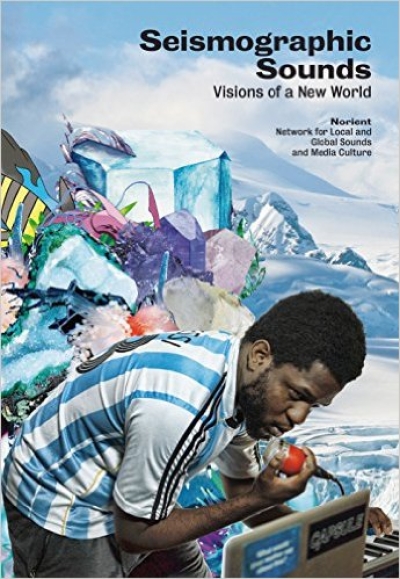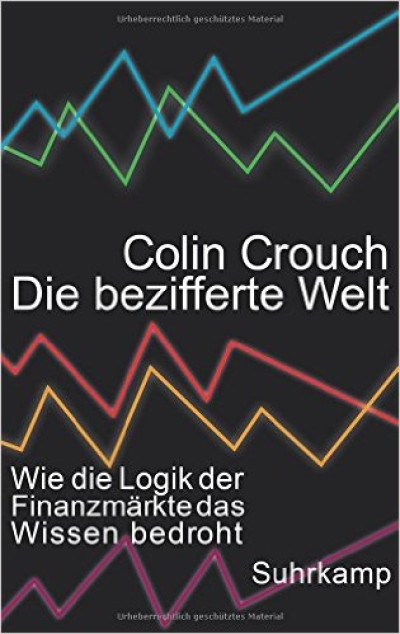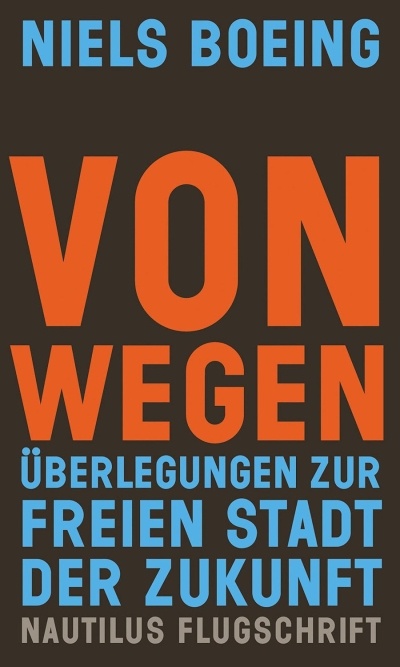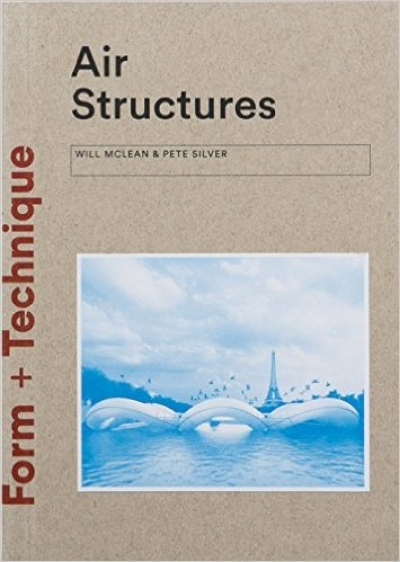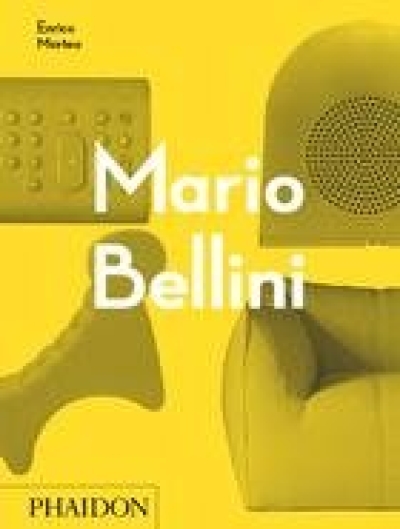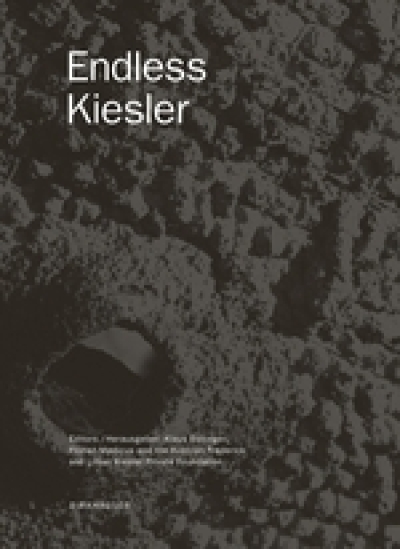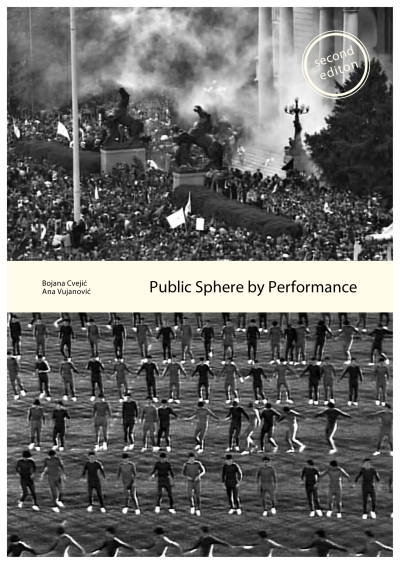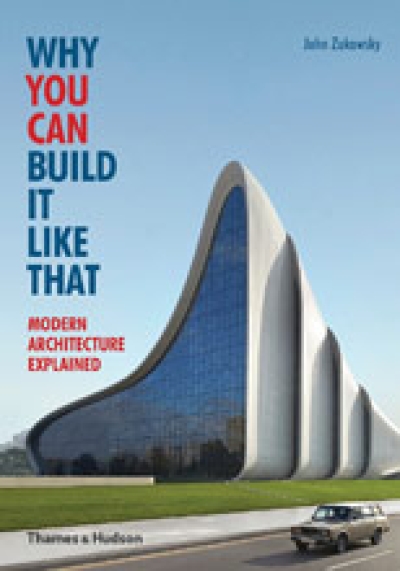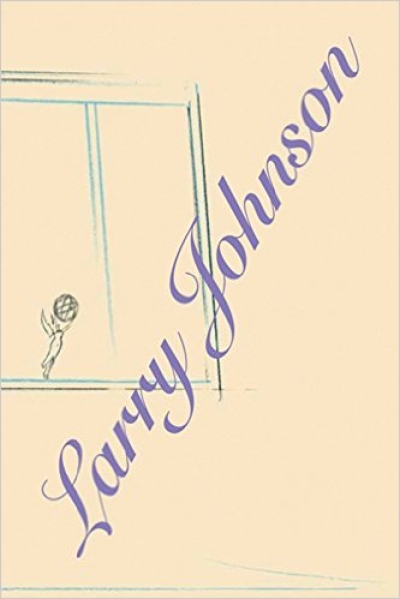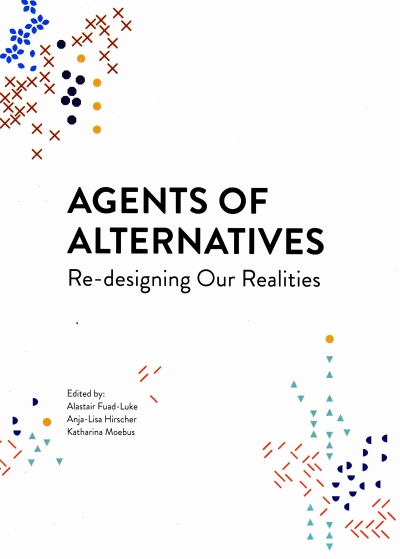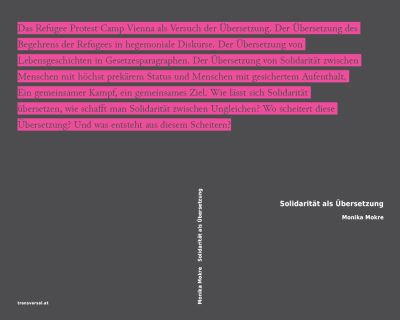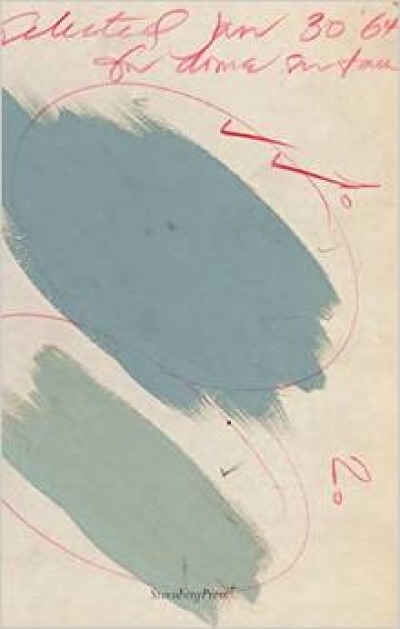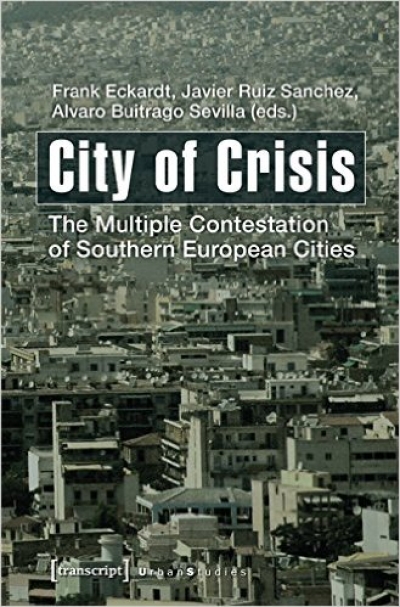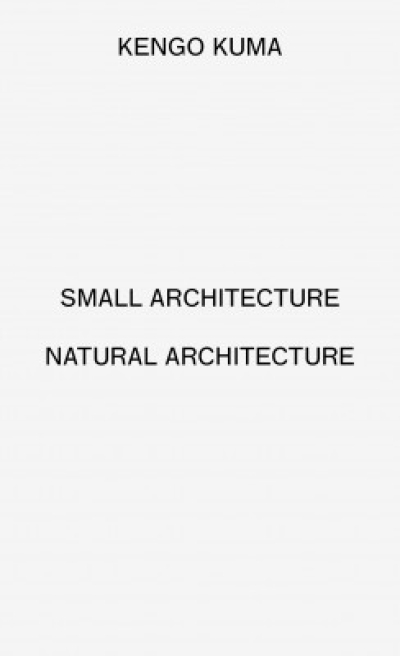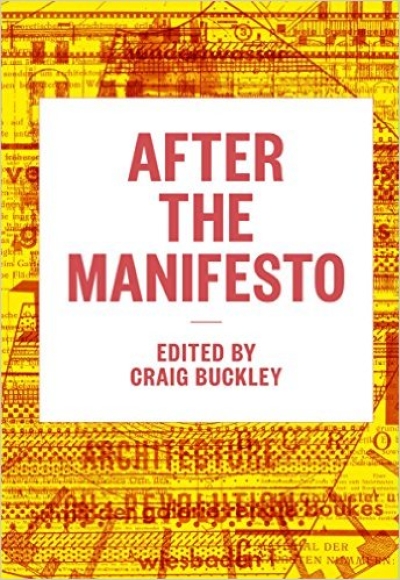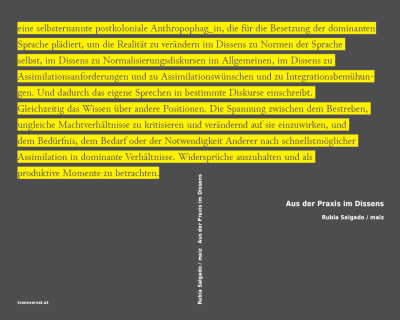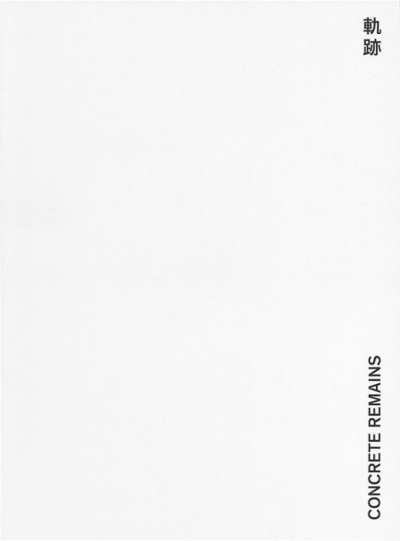Hartmut Geerken, Chris Trent
Omniverse – Sun Ra
Angela McRobbie
Be Creative. Making a Living in the New Culture Industries
Thomas Großbölting, Rüdiger Schmidt
Gedachte Stadt - Gebaute Stadt: Urbanität in der deutsch-…
Graham Harman
Vierfaches Objekt
Carsten Ruhl, Chris Dähne (Hg)
Architektur ausstellen. Zur mobilen Anordnung des Immobilen
Rob Pruitt
Rob Pruitt. Rob Pruitt's Ebay Flea Market. Year 1
MacArthur, Plaat, Gosseye, Wilson (Eds.)
Hot Modernism. Queensland Architecture 1945 - 1975
J. M. Warmburg, C. Shmidt (Eds.)
The Construction of Climate in Modern Architectural Culture…
Erharter, Scheirl, Schwärzler, Sircar (…
Pink Labor on Golden Streets: Queer Art Practices
James Graham (Ed.)
2000+: The Urgencies of Architectural Theory
Susanne Pietsch, Andreas Mueller (Eds.)
Walls That Teach. On the Architecture of Youth Centers
Ken Tadashi Oshima (Ed.)
Kiyonori Kikutake: Between Land and Sea
Christopher Herwig
Soviet Bus Stops
Friedrich Achleitner
Wie entwirft man einen Architekten? Porträts von Aalto bis…
Bernhard Cella, Leo Findeisen, Agnes…
NO-ISBN on self-publishing
Giovanna Borasi (Ed.)
The Other Architect. Exhibition: Canadian Centre for…
Lijster, Milevska, Gielen, Sonderegger…
Spaces for Criticism: Shifts in Contemporary Art Discourses
Seth Price
Fuck Seth Price
Nick Srnicek, Alex Williams
Inventing the Future. Postcapitalism and a World Without…
Alexander Vasudevan
Metropolitan Preoccupations. The Spatial Politics of…
Enrico Gualini, João Morais Mourato,…
Conflict in the City. Contested Urban Spaces and Local…
Matthias Michalk (Ed.)
Künstlerische Praktiken um 1990. to expose, to show, to…
Jeannette Merker, Riklef Rambow (Hg.)
Architektur als Exponat. Gespräche über das Ausstellen
Mark Wigley
Buckminster Fuller Inc. Architecture in the Age of Radio
Martin und Werner Feiersinger
Italomodern 2. Architektur in Oberitalien 1946–1976
Rainer Hehl, Ludwig Engel
Berlin Transfer. Hybrid Modernities
Rainer Hehl, Ludwig Engel
Berlin Transfer. Learning from the Global South
Ivanisin, Thaler, Blagojevic (Hg.)
Dobrovic in Dubrovnik. A Venture in Modern Architecture
Fezer, Hiller, Hirsch, Kuehn, Peleg (Hg…
Kollektiv für sozialistisches Bauen. Proletarische…
Nicolas Hausdorf, Alexander Goller
Superstructural Berlin. A Superstructural Tourist Guide to…
Herman Hertzberger
Architecture and Structuralism. The Ordering of Space
Maria Hlavajova, Ranjit Hoskote (Eds.)
Future Publics (the Rest Can and Should Be Done by the…
Tobias Engelschall
Zustände. Eine Topografie architektonischer…
Nina Power
Das kollektive politische Subjekt. Aufsätze zur kritischen…
Bundesanstalt für Immobilienaufgaben (…
Bunker beleben
Daniel Falb, Ulrike Gerhardt,…
Post-Studio Tales
Anri Sala
Why is colour better than grey?
Peter Weibel (Ed.)
Global Activism: Art and Conflict in the 21st Century
Markus Kutter, Lucius Burckhardt
Wir selber bauen unsere Stadt: Ein Hinweis auf die…
Hal Foster
Bad New Days. Art, Criticism, Emergency
Clog
Landmark
Moderna Museet Stockholm (Ed.)
Francesca Woodman. On Being an Angel
Fezer, Hiller, Hirsch, Kuehn, Peleg (Hg…
Realism Working Group + Dogma . Communal Villa. Production…
Rahul Mehrotra, Felipe Vera (Eds.)
Kumbh Mela. Mapping the Ephemeral Mega City
Brandon LaBelle
Room Tone. Audio Issues Vol. 7
Metahaven
Black Transparency. The Right to Know in the Age of Mass…
Kenneth Frampton
Genealogy of Modern Architecture. A Comparative Critical…
Tile von Damm, Anne-Katrin Fenk &…
OK Otto Koenigsberger. Architecture and Urban Visions in…
Vittoria Capresi, Barbara Pampe (Hg.)
Discovering Downtown Cairo. Architecture and Stories
Thomas Köhler, Ursula Müller (Eds.)
Radikal Modern. Planen und Bauen im Berlin der 1960er-Jahre
Niels Lehmann, Christoph Rauhaut (Eds.)
Fragments of Metropolis Berlin. Berlins expressionistisches…
Hans-Christian Dany
Schneller als die Sonne. Aus dem rasenden Stillstand in…
John Dixon Hunt
A World of Gardens
Eeva Liisa Pekonen
Exhibiting Architecture. A Paradox?
M. Danielsen Jolbo, N. L. Markhus (Eds.)
Shared Territory (Another Space)
Keller Easterling
Die Infrastrukturelle Matrix
Zach Klein
Cabin Porn. Inspiration for Your Quiet Place Somewhere
Dash 11
Interiors on Display. Stijlkamers. A Representation of Good…
Andreas Rost
Der unbekannte / The unknown / L'inconnu. Oscar…
Anne Van Der Zwaag
Looks good feels good is good: How social design changes…
Omar Kholeif (Ed.)
Moving Image (Whitechapel: Documents of Contemporary Art)
Naomi Beckwith, Dieter Roelstraete (Eds…
The Freedom Principle. Experiments in Art and Music, 1965…
Anne Lacaton, Jean-Philippe Vassal
Freedom of Use
Richard Anderson
Russia. Modern Architectures in History
Keren Cytter
The Amazing True Story of Moshe Klinberg..
Matias Echanove, Rahul Srivastava / URBZ
The Slum Outside: Elusive Dharavi
Nato Thompson
Seeing Power. Art and Activism in the Twenty-first Century
Sidsel Meineche Hansen & Tom…
Politics of Study
Deyan Sudjic
Ettore Sottsass and the Poetry of Things
Elain Harwood
Space, Hope and Brutalism
Ian Lynam
Parting It Out. Writings on Graphic Design
Jason Kahn
In Place
Nicolás Salazar Sutil
Motion and Representation. The Language of Human Movement
David Watkin
A History of Western Architecture (sixth Ed.)
V. Kulic, T. Parker, M. Penick (Eds.)
Sanctioning Modernism. Architecture and the Making of…
L. Shapton, S. Heti, H. Julavits
Frauen und Kleider. Was wir tragen, was wir sind
Arthur Rüegg, Ruggero Tropeano
Sammeln heisst Forschen / Collecting as Research.…
Mira Mattar (Ed.)
You Must Make Your Death Public. A collection of texts and…
Theresa Beyer, Thomas Burkhalter,…
Seismographic Sounds. Visions of a New World
Colin Crouch
Die bezifferte Welt. Wie die Logik der Finanzmärkte das…
Niels Boeing
Von Wegen. Überlegungen zur freien Stadt der Zukunft
William McLean, Pete Silver
Air Structures
Enrico Morteo
Mario Bellini. Furniture, Machines & Objects
Klaus Bollinger, Florian Medicus (Eds.)
Endless Kiesler
Bojana Cvejic & Ana Vujanovic (Ed.)
Public Sphere by Performance (2nd Edition)
Mathias Fuchs (Hg)
Diversity of Play
Rasmus Waern & Gert Wingårdh
What is Architecture? And 100 Other Questions
John Zukowsky
Why You Can Build it Like That. Modern Architecture…
Larry Johnson
Commie Pinko Guy
A. Fuad-Luke, A. Hirscher, K. Moebus
Agents of Alternatives. Re-Designing our Realities
Monika Mokre
Solidarität als Übersetzung. Überlegungen zum Refugee…
Sarah Entwistle
Please send this book to my mother
Franz Eckardt, Javier R. Sanchez (Eds.)
City of Crisis. The multiple Contestation of Southern…
Kengo Kuma
Small Architecture / Natural Architecture
Craig Buckley (Ed.)
After the Manifesto. Writing, Architecture, and Media in a…
Rubia Salgado / maiz / Andrea Hummer (…
Aus der Praxis im Dissens
Johannes Ernst
Concrete Remains
Birgit Mennel, Monika Mokre (Hg)
Das große Gefängnis


